Deck & Commander Strategies
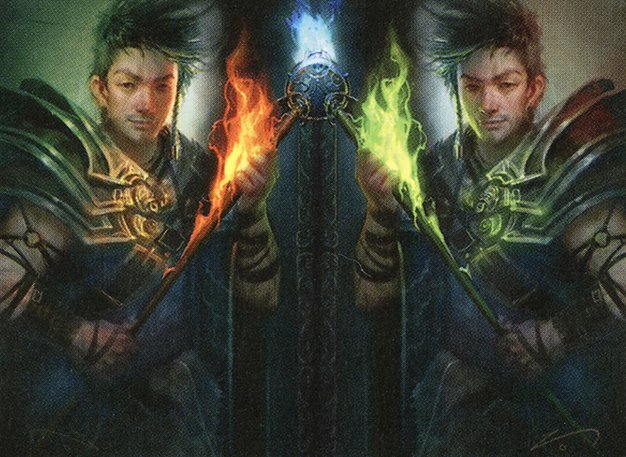
Riku of Two Reflections
Utilizes pingers and tap/untap synergies to control opponents' boards, leveraging creatures that tap or untap repeatedly to chip away at opponents and maintain board presence.

Damia, Sage of Stone
Focuses on ramping mana and filling the hand each upkeep to cast powerful high-cost spells, including X-spells like Villainous Wealth, while applying mill and landfall triggers to disrupt opponents.

Sapling of Colfenor
Builds a resilient treefolk tribal deck with an indestructible commander that draws cards and gains life through combat damage, sustaining pressure through card advantage and toughness.
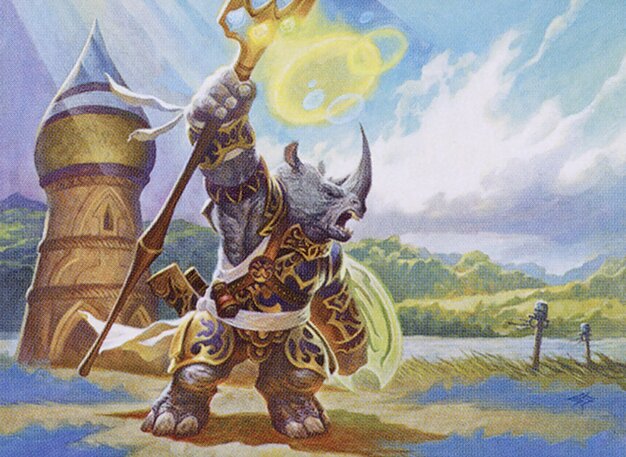
Roon of the Hidden Realm
Centers on blinking creatures to reuse enter-the-battlefield effects, generating incremental value and maintaining board presence through recursion and protection.
Gameplay Insights
- 1
Roon's blink synergies allowed rapid recovery and value generation after board wipes, turning potential setbacks into advantages.
- 2
Riku's use of tap and untap effects to repeatedly ping opponents' creatures created consistent pressure and board control.
- 3
Damia's strategy of ramping multiple lands per turn maximized hand refill potential and enabled casting of large, game-ending spells.
- 4
Sapling's indestructibility made it a safe attacker, allowing steady life gain and card draw even when behind on board state.
- 5
Board wipes were pivotal in shifting momentum, requiring players to balance aggression with maintaining resilience through recursion and protection.
Notable Cards
-
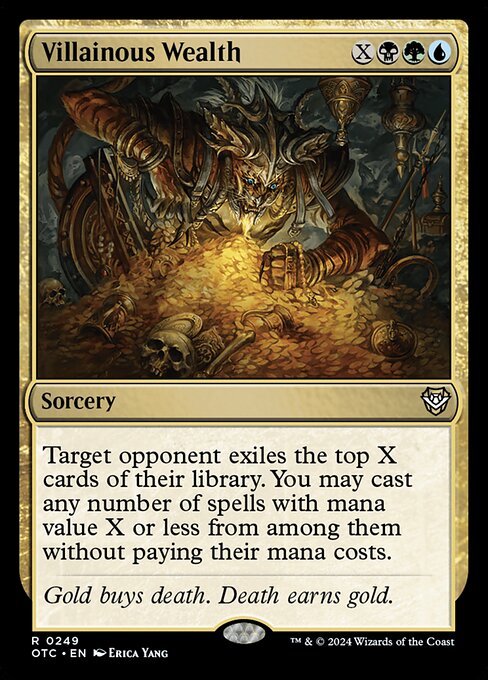
Villainous Wealth
-
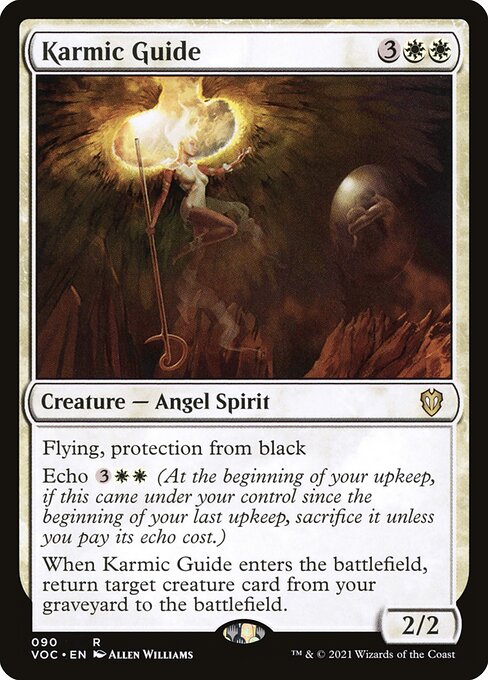
Karmic Guide
-
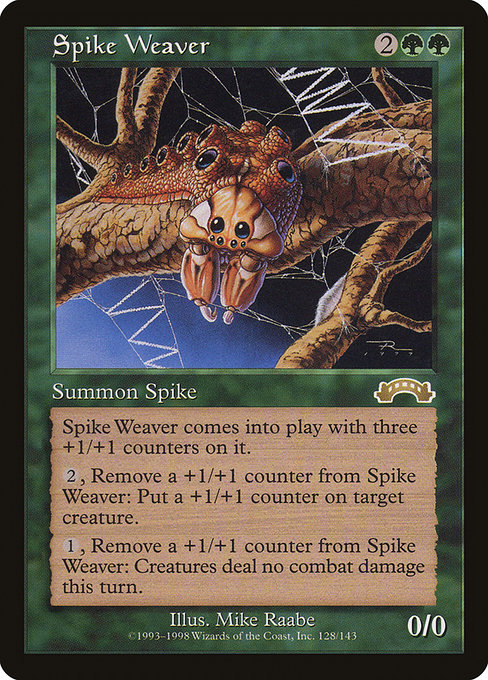
Spike Weaver
-

Ob Nixilis, the Fallen
-

Thragtusk
-

Elvish Mystic
-
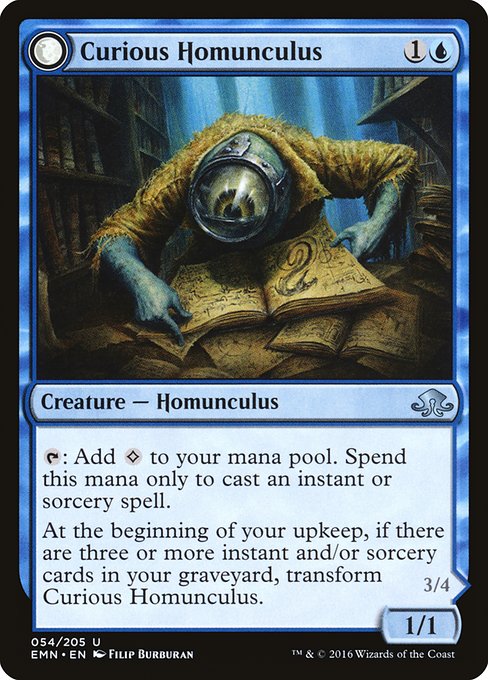
Curious Homunculus // Voracious Reader
-
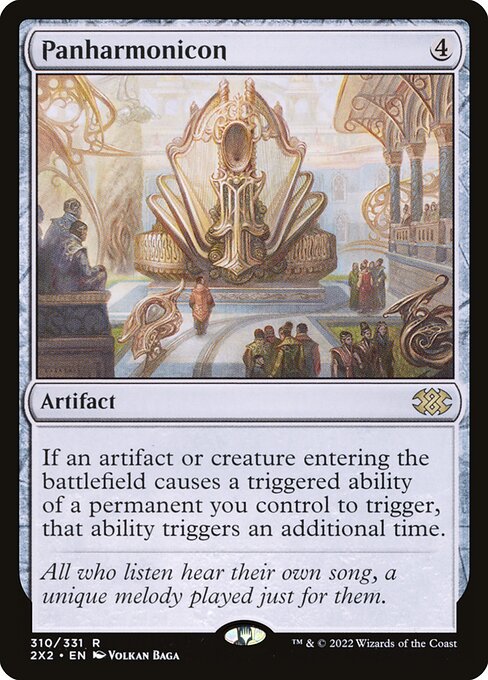
Panharmonicon
-
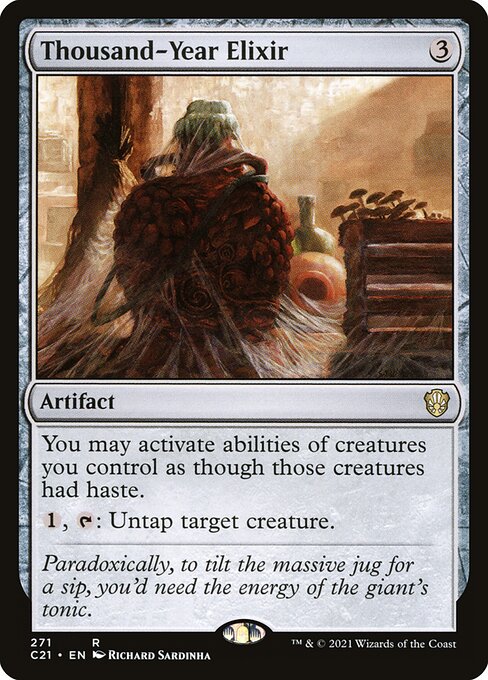
Thousand-Year Elixir
Gameplay Summary
The game featured a four-player Commander pod with Riku of Two Reflections, Damia, Sage of Stone, Sapling of Colfenor, and Roon of the Hidden Realm as the commanders.
Early turns were spent ramping mana and developing boards with creatures and utility lands.
Riku's deck focused on leveraging tap and untap interactions with pingers and creatures to control the board, while Damia aimed to ramp aggressively, draw cards, and utilize powerful X-spells like Villainous Wealth for a late-game finisher.
Sapling of Colfenor built a resilient, indestructible presence with treefolk tribal synergy, generating card advantage and life gain through combat damage and its unique triggered ability.
Roon's deck centered on blinking creatures and generating incremental value from repeated enter-the-battlefield effects, creating a resilient and value-heavy board state. The game saw several critical moments, including strategic use of board wipes to reset the board and preserve life totals, as well as key blink interactions that allowed Roon to rebuild quickly after board clears.
Riku's ability to tap down opponents' creatures and repeatedly ping them kept pressure on the table, while Damia leveraged landfall triggers and mill effects to disrupt opponents and fuel her X-spells.
Sapling's indestructibility allowed it to attack safely, slowly gaining life and card advantage over time.
The game tension heightened as players jockeyed for position, trying to balance aggression and defense, with combos and value engines threatening to close out the game.
Ultimately, the interplay between controlling the board and generating overwhelming card advantage defined the flow of the game.








![Commander Randomizer Part 2 [Commander VS 316] | Magic: the Gathering Commander Gameplay thumbnail](https://i.ytimg.com/vi/okRK1jVYfno/sddefault.jpg)


![Commander VS S14E8: Varina vs Damia vs Mina and Denn vs Varchild [EDH] thumbnail](https://i.ytimg.com/vi/JdFaJi1vTn8/sddefault.jpg)

![Commander VS S4E8: Kalemne vs Ben-Ben vs King Macar vs Riku [MtG: Multiplayer] thumbnail](https://i.ytimg.com/vi/LlBNha-y_mo/sddefault.jpg)

![Commander Versus Series: Deck Tech - Roon Vs. Feldon [Magic: the Gathering] thumbnail](https://i.ytimg.com/vi/p2hWuKl9X00/sddefault.jpg)















